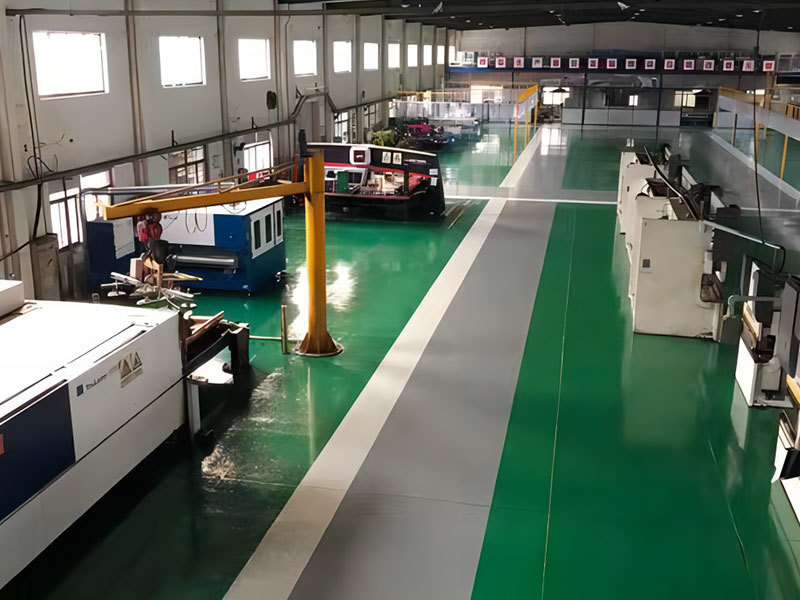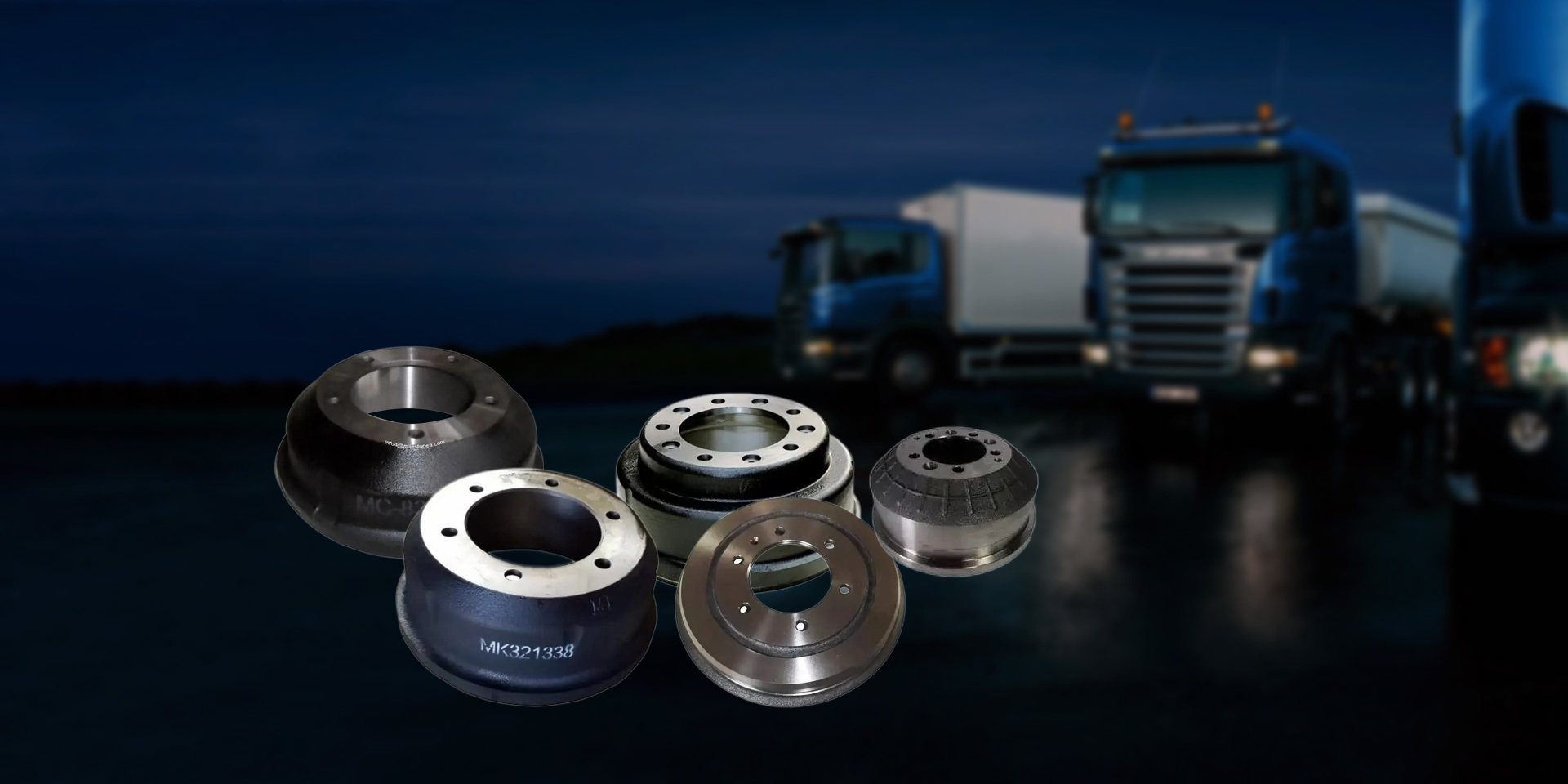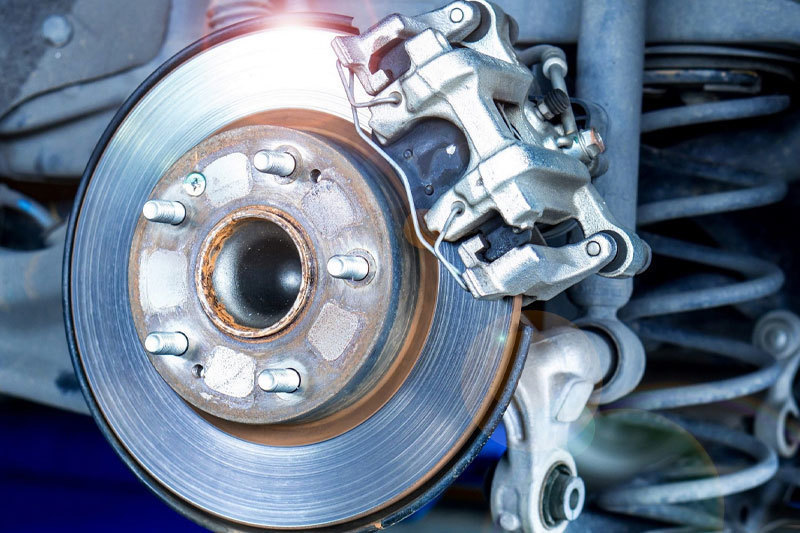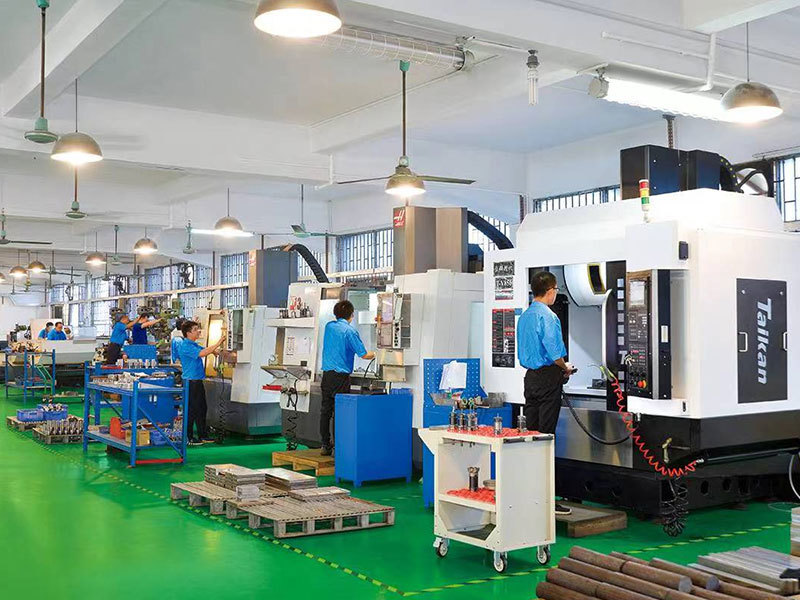Revamp Your Brake System: Drum to Disc Conversion Explained
Release time:
22 Apr,2025
Revamp Your Brake System: Drum to Disc Conversion Explained Upgrading your vehicle's braking system from drum to disc is one of the most effective ways to enhance safety and performance. In this guide, we will explore the numerous **advantages** of this conversion, the **steps involved**, and critical **considerations** to ensure a successful upgrade. Whether you're a seasoned automotive enthusi

Revamp Your Brake System: Drum to Disc Conversion Explained
Upgrading your vehicle's braking system from drum to disc is one of the most effective ways to enhance safety and performance. In this guide, we will explore the numerous **advantages** of this conversion, the **steps involved**, and critical **considerations** to ensure a successful upgrade. Whether you're a seasoned automotive enthusiast or a casual driver looking to improve your vehicle, understanding this process can make an enormous difference in both driving experience and vehicle maintenance.
Table of Contents
- Understanding Drum and Disc Brakes
- Benefits of Converting to Disc Brakes
- The Process of Drum to Disc Conversion
- Essential Tools and Materials for Conversion
- Common Challenges in the Conversion Process
- Maintaining Your Newly Installed Disc Brakes
- Cost Considerations for Drum to Disc Conversion
- Frequently Asked Questions
Understanding Drum and Disc Brakes
To appreciate the benefits of converting from drum to disc brakes, it's essential to understand how each system operates. **Drum brakes** consist of a cylindrical drum that rotates with the wheel and brake shoes that press against the inner surface of the drum to create friction. On the other hand, **disc brakes** utilize a rotor that rotates with the wheel and a caliper that houses brake pads to clamp onto the rotor, providing superior stopping power.
**Drum brakes** are commonly found in older vehicles and often suffer from heat buildup and less efficient performance, particularly under high-stress conditions. In contrast, **disc brakes** offer better heat dissipation, reduced brake fade, and improved responsiveness, making them the preferred choice in modern vehicles.
Benefits of Converting to Disc Brakes
The decision to transition to disc brakes comes with numerous advantages:
1. Enhanced Stopping Power
Disc brakes provide increased stopping power compared to drum brakes, particularly in emergency situations. The clamping mechanism of the caliper ensures that the brake pads apply uniform pressure on the rotor, thereby improving braking efficiency.
2. Improved Heat Management
With their superior design, disc brakes manage heat more effectively. This characteristic minimizes brake fade, which can occur when brakes overheat, thereby maintaining consistent performance during prolonged use.
3. Reduced Maintenance
Disc brakes generally require less maintenance than drum brakes. Since they are more exposed to the elements, it’s easier to inspect and replace the components, such as pads and rotors, as needed.
4. Better Wet Weather Performance
Disc brakes maintain their effectiveness in wet conditions. Unlike drum brakes, which can trap water and mud, disc brakes are less susceptible to reduced performance due to environmental factors.
5. Improved Aesthetics
For automotive enthusiasts, disc brakes often offer a more appealing look. They can enhance the overall appearance of your wheels, contributing to the vehicle's aesthetic value.
The Process of Drum to Disc Conversion
The conversion process can seem daunting but is achievable with the proper knowledge and tools. Here’s a step-by-step breakdown:
Step 1: Gather Your Materials
Before starting, assemble the necessary materials, including disc brake rotors, calipers, pads, brake lines, and a conversion kit specific to your vehicle model.
Step 2: Remove the Existing Drum Brakes
Jack the vehicle and remove the wheels. Carefully detach the drum brakes, taking note of the assembly to ensure correct installation of the new components. It’s advisable to consult a repair manual specific to your vehicle for detailed instructions.
Step 3: Install the New Disc Brake Assembly
Follow the instructions provided with your conversion kit to install the new disc brake assembly. Ensure that all components fit securely and correctly. Tighten all bolts to the manufacturer's specifications.
Step 4: Connect the Brake Lines
Replace the existing brake lines with the ones provided in your conversion kit. Proper installation is crucial to avoid leaks and ensure optimal braking performance.
Step 5: Bleed the Brakes
Once everything is installed, bleed the brake system to remove air from the lines. This step is essential for maintaining brake pressure and responsiveness.
Step 6: Test Drive
After the installation, take the vehicle for a test drive in a safe area to ensure that the brakes respond appropriately. Pay attention to any unusual noises or behaviors.
Essential Tools and Materials for Conversion
To successfully convert your drum brakes to disc brakes, having the right tools and materials is vital:
- Jack and jack stands
- Socket set
- Wrenches
- Brake fluid
- Conversion kit specific to your vehicle
- Brake cleaner
- Safety glasses and gloves
Common Challenges in the Conversion Process
While the conversion process can be straightforward, several challenges may arise:
1. Compatibility Issues
Not every vehicle is readily compatible with disc brake conversion kits. Ensure you research and confirm compatibility before purchasing your kit.
2. Knowledge Gaps
If you lack mechanical knowledge, this conversion may be challenging. Consider seeking help from a professional mechanic if you're unsure about any steps.
3. Brake Fluid Leaks
Ensure all connections are tight when installing brake lines to prevent leaks, which can lead to brake failure.
4. Proper Brake Bedding
After installation, it's crucial to bed in your new brakes correctly to ensure optimal performance. Follow the manufacturer’s instructions for bedding procedures.
Maintaining Your Newly Installed Disc Brakes
To ensure longevity and optimal performance of your new disc brakes, regular maintenance is essential:
- Check brake pads and rotors regularly for wear and replace as necessary.
- Inspect brake lines for leaks or damage.
- Flush and replace brake fluid every two years to prevent moisture buildup.
- Ensure all components are securely fastened and free from rust or corrosion.
Cost Considerations for Drum to Disc Conversion
The cost of converting from drum to disc brakes can vary significantly based on several factors:
- The type of vehicle you own.
- The quality of the conversion kit you choose.
- Whether you perform the installation yourself or hire a professional mechanic.
On average, the cost of a conversion kit ranges from $300 to $800, with additional installation costs if you seek professional help. It's essential to balance quality with budget when selecting a kit.
Frequently Asked Questions
1. Is converting from drum to disc brakes worth it?
Yes, converting to disc brakes generally offers significant benefits in stopping power, heat management, and maintenance.
2. Can I convert my drum brakes to disc brakes myself?
With the right tools and knowledge, it is possible to convert your drum brakes to disc brakes at home. However, if unsure, it's always best to consult with a professional.
3. Will I need any special tools for the conversion?
A standard socket set and wrenches will suffice, but a brake bleeder and jack stands are also necessary for safety and efficiency.
4. How often should I replace brake pads and rotors on disc brakes?
On average, brake pads should be replaced every 30,000 to 70,000 miles, while rotors typically last longer but should be inspected regularly for wear.
5. Are there any disadvantages to disc brakes?
While disc brakes have many advantages, they can be more expensive to install and replace compared to drum brakes, especially for certain vehicle types.
Conclusion
Converting your vehicle's braking system from drum to disc can significantly enhance your safety and driving experience. By understanding the benefits, process, and necessary maintenance, you can make an informed decision about upgrading your braking system. Whether you choose to tackle the conversion as a DIY project or seek professional assistance, this upgrade is a step toward a safer, more reliable vehicle. Embrace the change and enjoy the improvements that come with a modern disc brake system.
Tag:
- All
- Product Management
- News
- Introduction
- Enterprise outlets
- FAQ
- Enterprise Video
- Enterprise Atlas
RELATED INFORMATION











